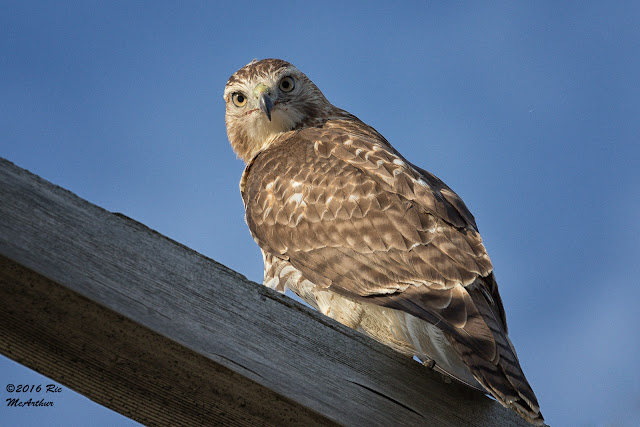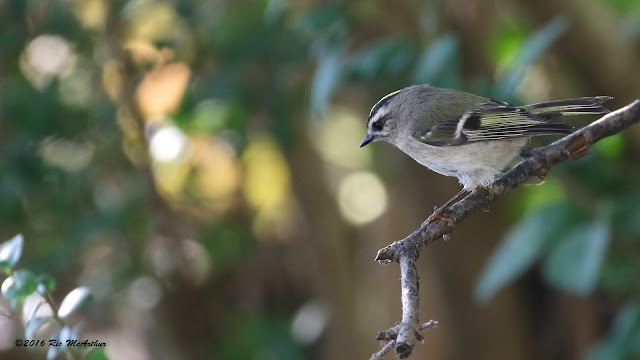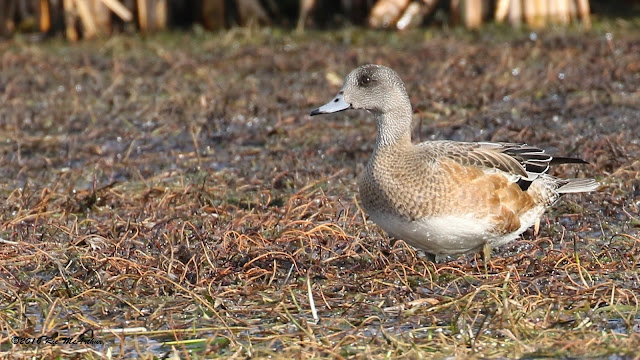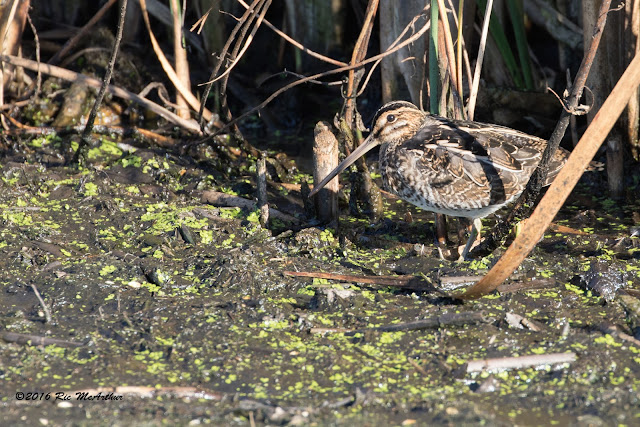Death of a dragon

With the cold weather and lack of food this green darner appears to be on its last legs. It was sitting on our path covered with the morning dew. Anax junius The common green darner has an unusual breeding strategy, being one of very few dragonflies to migrate in spring and autumn




















